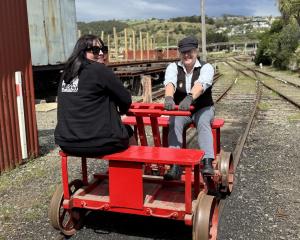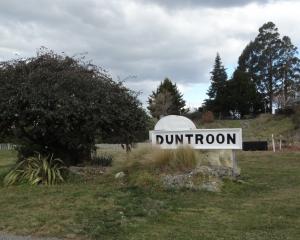
In a proposal presented to Environment Canterbury (ECan) and the Otago Regional Council (ORC), Ngā Rūnanga o Waitaki (Arowhenua, Waihao, Moeraki) and Te Rūnanga o Ngāi Tahu requested the councils consider joint management of the Waitaki River.
Both councils voted to explore making changes to the way the river, which borders South Canterbury and North Otago, is managed.
The ECan councillors voted 13-3 in favour of the proposal and the ORC councillors voted 8-4.
Te Rūnanga o Ngāi Tahu Kaiwhakahaere Justin Tipa said the current management of the river was flawed and unnecessarily complex.
"The splitting of the Waitaki catchment creates a disjointed regulatory environment undermining kaitiakitanga (guardianship) and the ability to give full effect to rangatiratanga."
"We believe a river as significant as the Waitaki should not be split in this way — our aspiration is to have a single resource management plan for the whole of the Waitaki River catchment so that it can be managed holistically."
He acknowledged there were uncertainties with the current legislation, but said with a "strong, collaborative approach", these could be "worked through and agreed upon".
The 209km river is of paramount importance to Ngāi Tahu for a range of reasons.
The river has the fourth-largest flow of all New Zealand rivers. It drains from the Mackenzie Basin and enters the Pacific Ocean between Timaru and Oamaru.
The water originates from the meltwaters flowing from Aoraki/Mt Cook — the mountain which represents the most sacred of ancestors of Ngāi Tahu.
Historically, Waitaki supported mahinga kai (food sources), drawing in Ngāi Tahu tūpuna on a seasonal basis.
The river was a central part of the network of ara tawhito (traditional travel routes), leading them to various mahinga kai.
Māori rock art in North Otago provide an enduring tohu (marker) of their travels.
The changing landscape and re-shaping of the river had made a lasting and devastating impact on mahinga kai.
ORC chairwoman Gretchen Robertson said the collective decision to support the proposal was the first step, but there would be "significant challenges" to work through.
She said the current regulatory framework was complex due to landowners having to work across two regional plans and policy statements, as well as further complexity through the Resource Management Amendment Act, which manages water quantity.
ECan chairman Peter Scott said the progression of the proposal would ultimately depend on gaining support of the minister and appropriate ministries.
"Planning for the Waitaki as a whole catchment does make sense and we are keen to look deeper into how that might work.
"There is certainly wide interest from iwi, communities and the organisations that interact with and value the awa."












